Highlighting Programs Around the Commonwealth
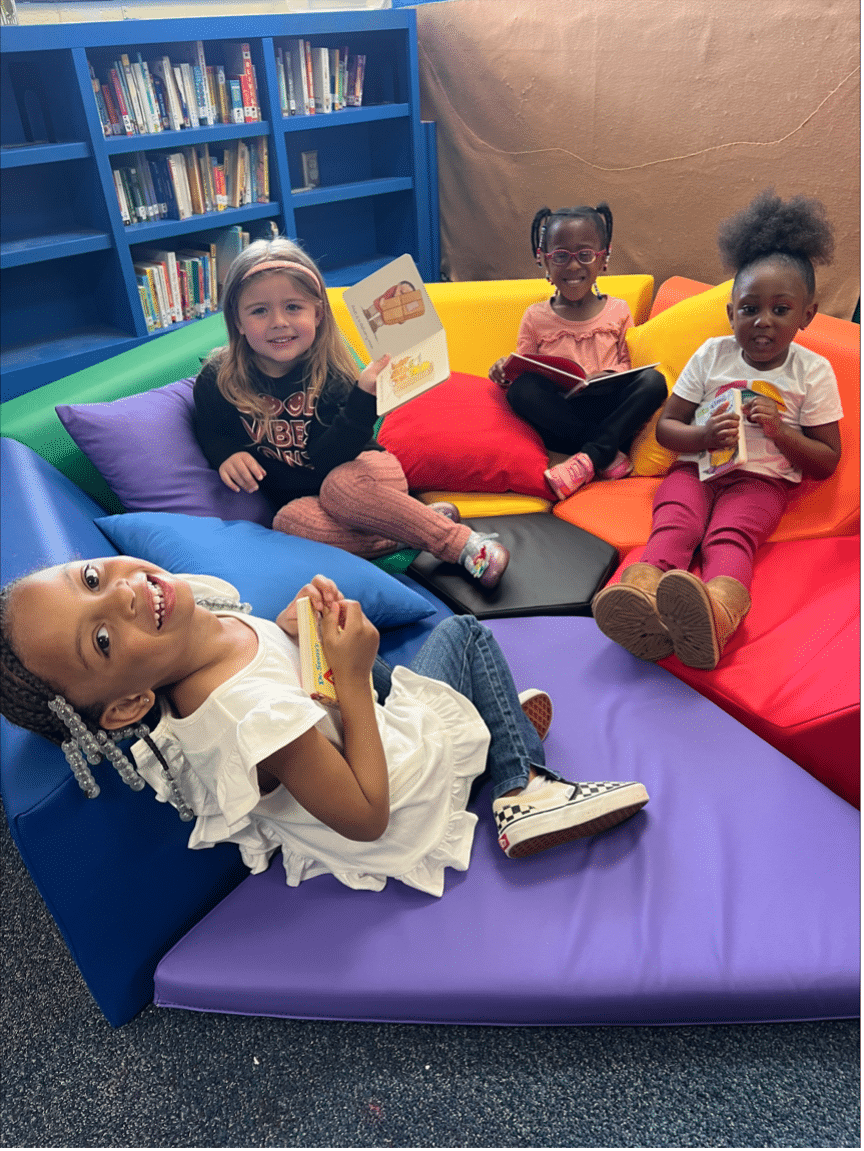
Welcome to a new type of VKRP blog designed to shine the spotlight on school divisions and programs across Virginia where educators are using creative strategies to successfully implement the VKRP assessments, use the VKRP data, and/or leverage the VKRP instructional resources to support their youngest learners. You’ll learn strategies and tips from your colleagues around the Commonwealth, some that may inspire your implementation and use of VKRP in your classroom, school, program, or division.
VKRP Team members reached out to Peake Childhood Center’s Executive Director, Jennifer Parish, Ed.D., and Sherry Custis, Director of Curriculum and Learning, who were involved with the early piloting phase of VKRP in pre-kindergarten. We caught up with them to learn more about their full implementation of VKRP at Peake in Hampton, Virginia.
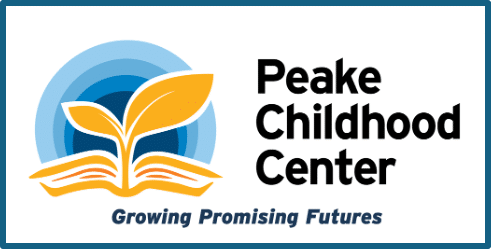
As a former superintendent, Dr. Parish brought her knowledge of assessment and data use from the public-school setting and applied it to plan programmatic change at Peake. Dr. Parish explained she wanted to use VKRP to prepare their pre-kindergarten children for entry into kindergarten in the local school divisions in the Hampton Roads area. VKRP assessments are used in both pre-kindergarten and kindergarten and provide reliable and valid data to inform decision-making, develop staff training, and provide professional support to their early childhood educators. VKRP data, she said, “tells us what [our children] need to be ready for kindergarten.”
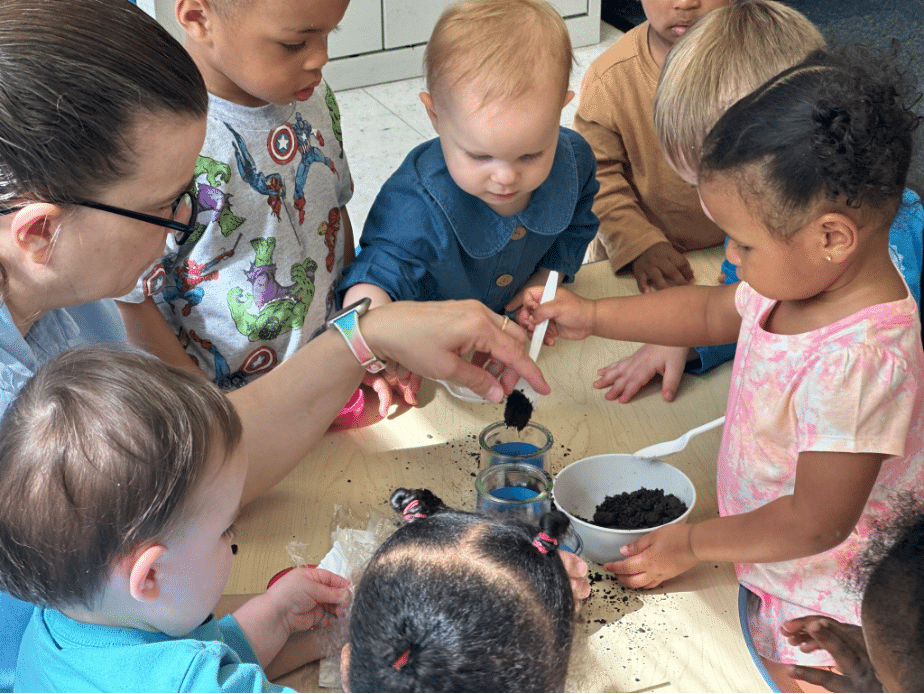
Staff Support Spells Success
At the start of implementation, Parish and Custis began by identifying the needs of their staff to administer the VKRP assessments consistently at Peake. Before actually using VKRP, they evaluated the specific staff supports, equipment needs, and program logistics. With the VKRP assessments being delivered online in a web portal, these leaders determined they needed to provide technology to their teachers. While introducing the technology, they revealed an underlying issue – staff needed basic training on how to use the technology. In response to these needs, the team at Peake provided both the devices and the training to ensure staff were comfortable with both the technology and accessing the VKRP web-based system.
Staff ratios in pre-k classrooms are non-negotiable, and the next step was to provide the teachers and students the time and space to complete the assessments. Custis led this complicated planning by taking a team approach. As the site trainer, she provided both time and support for her teachers to complete all of training components to learn VKRP. She understood that a crucial component of successful implementation was to provide a schedule and structure for training and completing assessments.
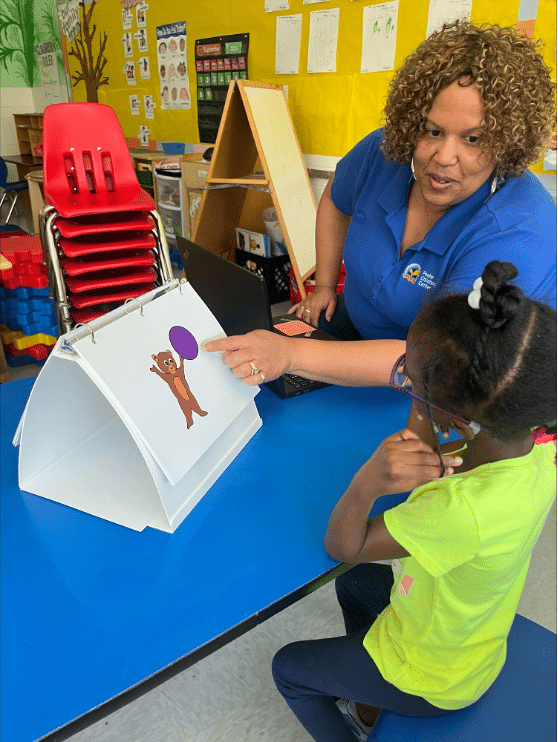
VKRP Goals and Growth
The VKRP fall window provides an opportunity to collect data on how students are doing as they enter the classroom, showing strengths and areas for growth. Peake is committed to using VKRP data to reflect on their progress and set goals. Parish and Custis emphasized that VKRP data provides a clear pathway to understand how children grow because they plan to use the growth reports available after the spring window.
Parish and Custis shared their collaborative approach to analyzing VKRP data. After each assessment period, they reviewed the available data at each of the levels: program, classroom, and student. In this preliminary analysis, they identified key areas to guide conversations with teachers. After the assessment window closed, they met with lead teachers as a group. They purposefully shared an overview of the Peake’s data––highlighted how VKRP data supports the Peake Childhood Center Strategic Plan and explained how VKRP data shines a light on accountability and a pathway to meeting their goals.

At this initial meeting, Custis provided paper copies of the reports for the classroom teachers to review individually and with other colleagues in their classrooms. After a week, Custis then met with each classroom team, exploring the data, identifying strengths and areas for growth, and providing supports. Per Custis, “When teachers reviewed the skill development bands in the CBRS, it gave them better language to discuss these foundational skills with each other and families.” In response to identifying an area for growth, Custis created instructional resources – games or activities – from the VKRP website and provided them to teachers to supplement their curricular activities.
Partnering with Families
Custis planned the school calendar around the assessment windows. Getting all of the assessments completed is the hardest part! There was extensive planning for coverage due to staff ratios and licensing requirements. Assessments were timed so that the data was available for family conferences after teachers had time to review it. She said teachers find the data is concrete and enables the staff to say, “this is where your child is, and this is where we are going to take them.” Using the VKRP Family Information Report, Family Resources, and other instructional supports, Peake staff then provided suggestions for activities that families can use to work on these skills with their child at home.
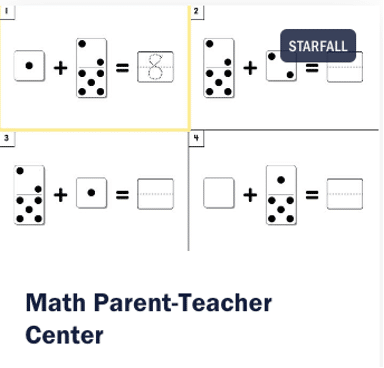
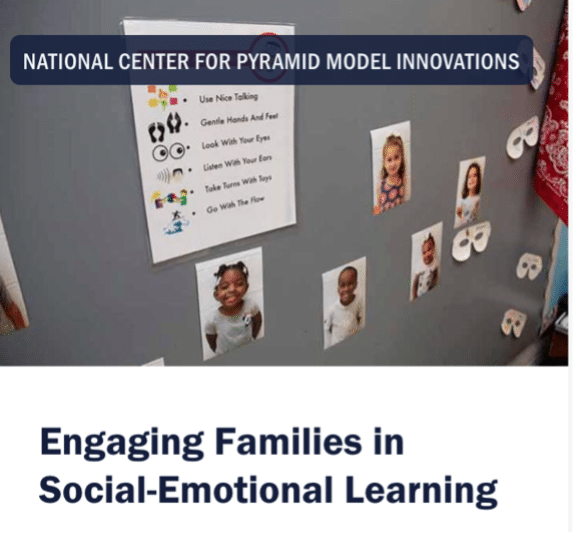
We are grateful to the team at Peake Childhood Center for sharing a glimpse into their integration of the VKRP assessments and data into their vision and mission of supporting children’s growth and development of the foundational skills that will set them on a path to thrive in kindergarten and beyond.
The VKRP team looks forward to shining a light on more creative practices and approaches to using the VKRP assessment system. We invite you to reach out to our team at VKRP with your ideas and strategies – vkrp@virginia.edu or 866-301-8278.
More Questions for the VKRP Team? VKRP provides support via the online chat feature when you are in the system, via email vkrp@virginia.edu, and via toll free 866-301-8278

